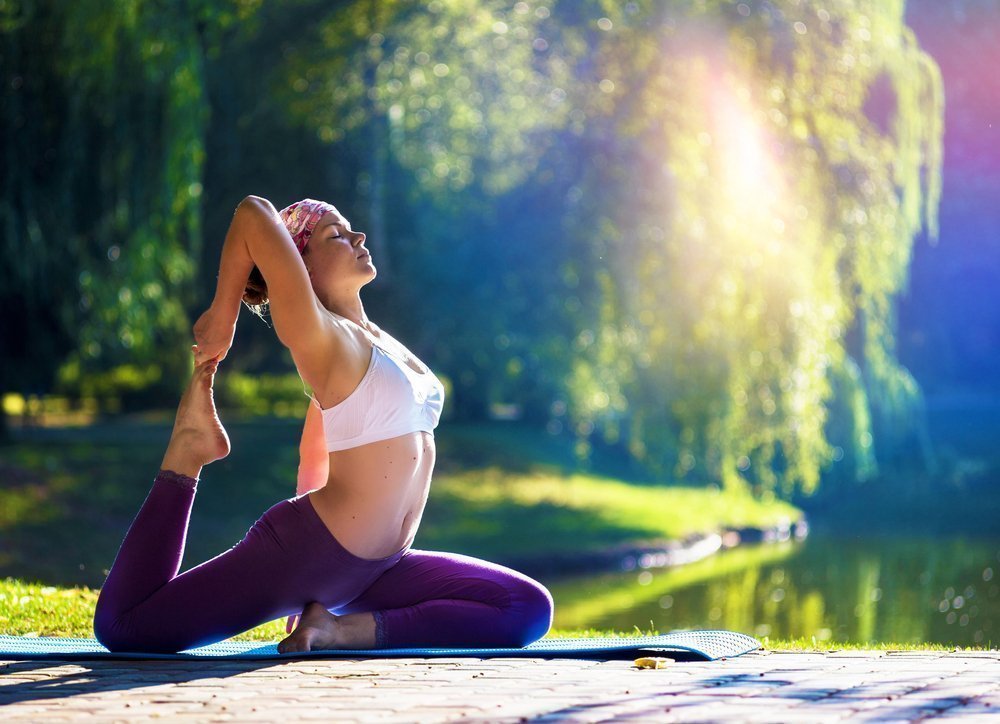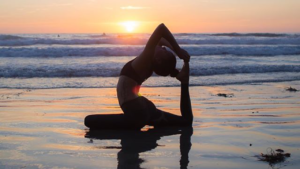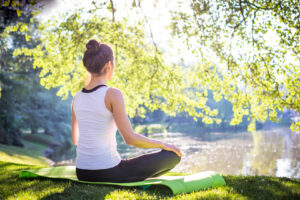MORNING AND EVENING YOGA PRACTICES. PECULIARITIES

One of the goals of yoga including https://www.julianalucky.com/post/10-top-yoga-books-for-kids is the harmonization of human nature and his inner world. Man, being a part of Nature as a whole, is subject to biological rhythms. All yoga practice is permeated with rhythms: heartbeat, breathing, performing asanas, sleeping, eating – all this affects the results of the practice and our state, attitude.
It is quite obvious that our state in the morning is very different from that in the evening, therefore yoga practices should be built taking into account these features.
In the morning, the energy naturally flows upward, so such subtle techniques as pranayama, meditation, concentration will be very effective and beneficial.
At the level of the body, as a rule, in the morning we are inhibited, we have worse flexibility, joints are stiff, it is not easy to keep balance, power loads are given with great difficulty.
This means that the morning practice of hatha yoga should be aimed at the consistent awakening of the body and launching all life support systems, especially the digestive organs. It is desirable to include the following aspects in it:
1. Cleansing techniques to revitalize the brain and organs of the excretory and digestive systems.
2. Warming up pranayamas.
3. Bandhas and mudras that help the energy rise up.
4. Joint gymnastics.
5. Dynamic techniques that energize heat and light.
6. Balances on one leg, including the vestibular apparatus.
7. Asanas affecting the sympathetic nervous system.
8. Inverted asanas to balance the system.
9. Relaxation pose without deep immersion.
By evening, energy accumulates in the lower parts of the body. It is quite warm and active, but at the same time it can be spasmodic from an uneven load on the muscle corset. The nervous system is in an agitated state.
Therefore, evening practice should be aimed at even stretching the muscles of the body, calming and relaxing the nervous system, balancing the work of all systems and preparing for sleep.
It is desirable to include the following aspects in it:
1. Soothing pranayamas.
2. Asanas that help to stretch all muscle groups.
3. Asanas affecting the parasympathetic nervous system.
4. Extended block of inverted asanas, counteracting stagnation of blood and lymph in the legs and pelvic area.
5. An advanced version of the relaxation posture, aimed at the rotation of consciousness.
A good ending to your evening practice is to chant the OM mantra.